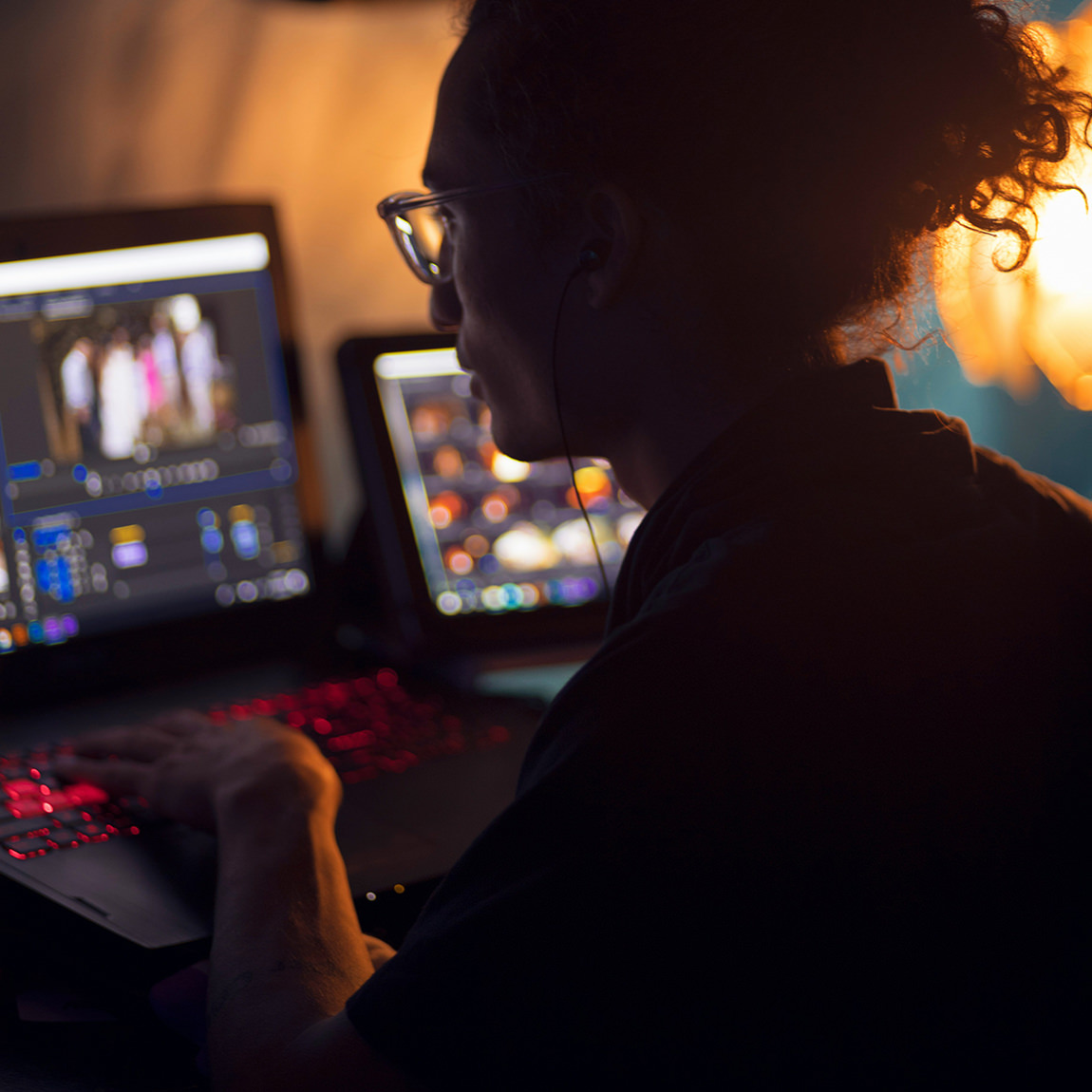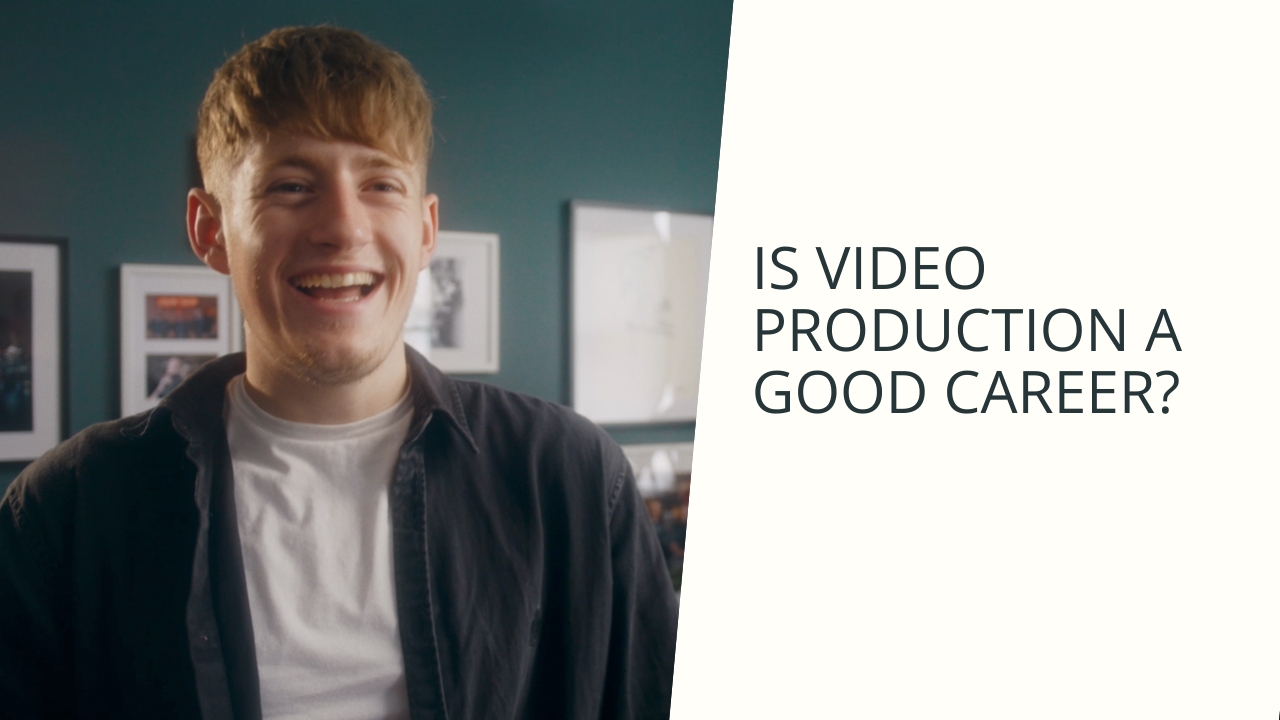AI has gone from a curiosity to something you’ll see in almost every stage of video production. From tools that clean up audio in seconds to auto-captioning that makes your clips watchable on mute, the tech is moving fast.
But it isn’t about swapping out crews or skipping the shoot. It’s about saving time, cutting costs, and getting more usable edits from the same footage.
In this guide, Nomadic UK will show you what AI video production trends in 2025 look like, in terms of:
- Which tools are worth your time
- Where AI helps (and where it doesn’t)
- Practical tips for faster edits and cleaner outputs
- Trends that are shaping the way UK brands use video
If you’re planning your content for the year ahead, this is the place to start.
Why AI Matters in Video in 2025
AI isn’t replacing crews or cameras. What’s really changing is the speed at which a project goes from raw footage to something ready to publish.
It’s great at first edits
Editing that once took a full afternoon can now be roughed out in minutes. Long talking-head clips can be cleaned up automatically, silences trimmed, and a workable draft delivered before you’ve even finished your coffee.
It’s awesome for audio, too
Background hums, uneven levels, and muffled voices can be fixed in seconds. Captions that used to eat into an editor’s day are now generated instantly, leaving only the finer details, names, figures, and industry terms for a quick check. And once the main cut is ready, AI tools can reformat it into vertical teasers, square social clips, or short ad variants without starting again from scratch.
Basically, it’s great for cutting out the repetitive work
The real strength of AI in video production isn’t about replacing people. It’s about stripping away the tedious, time-consuming jobs, so there’s more space for the parts that matter, shaping the story, refining the design, and adding the polish that makes a video engaging.
Here are tools that help at different stages of production:
The Tool Stack: What to Use and When
- Scripting and Planning – ChatGPT, Jasper: Drafts outlines and sample scripts quickly, though brand tone still needs a human pass.
- Storyboards and Pre-viz – Runway, MidJourney: Generates style frames and mock-ups to show ideas before filming, cutting down costly revisions.
- Editing and Assembly – Descript, Runway: Auto-detects cuts, syncs angles, and trims silences to deliver a fast first draft.
- Audio and Voice – Adobe Podcast Enhance, Krisp, ElevenLabs, Murf: Cleans up background noise and levels sound; synthetic voices can handle explainers or multilingual edits (with consent).
- Captions and Graphics – CapCut, VEED, Premiere Pro Speech to Text: Auto-generates subtitles in seconds; some tools add simple graphics and title cards.
- Generative Visuals – Runway Gen-2, Pika Labs: Creates backgrounds, set extensions, or abstract visuals — best for product or concept work rather than people-heavy scenes.
How AI in Video Production Can Look (Real Life Examples)
The quickest wins come from small changes that cut hours out of the process without changing your whole workflow. With that, here are some real case scenarios of what that can look like within video production:
Turn a webinar into social clips in a day
Record the session as usual, then run it through Descript to generate a transcript. Use it to pick the sharpest 30–60 second answers, add auto-captions, and export in vertical format for Reels or TikTok. One long recording instantly becomes a month’s worth of social content.
Polish talking-head videos without a reshoot
If your CEO or client nails the message, but the audio is rough, run the file through Adobe Podcast Enhance. Follow it with a caption pass in Premiere. The result: clear sound and on-brand subtitles, delivered in less than an hour.
Stretch one hero video into twelve outputs
Plan for crops when you shoot. Frame wide enough that AI tools can re-cut the footage into 16:9 for YouTube, 9:16 for TikTok, 1:1 for LinkedIn, plus a handful of GIFs and stills pulled from key frames. It’s the same shoot day, but three to four times the usable content.
These kinds of tweaks are where AI pays off fastest – not by replacing production, but by squeezing more life out of every shoot day.
AI-Linked Trends for 2025 (with Data)
These trends highlight where the technology is making the biggest impact in 2025, backed by recent data and real examples:
1. AI for captions and transcripts is getting solid uptake
Stat: 59% of brands plan to use AI for auto-generating captions or transcripts for their videos.
What that means in practice: Every video should include captions from the start (even if auto-generated). Spend a little time editing them, brand names, technical language, and jargon. It improves accessibility, reach (especially on social), and helps viewers who watch with sound off and those who are hard of hearing.
2. Short videos + strong ROI metrics = gold
Stat: 73% of marketers say videos between 30 seconds and 2 minutes are most effective, giving them good ROI.
What that means in practice: Planning workflows around creating short, high-impact clips first. Use AI editors to pull the best 15-60s moments, optimise the hook, then repurpose into other formats.
3. AI is being used for scripting/idea generation
Stat: ~50% of businesses plan to use AI for generating scripts and outlines.
What that means in practice: When starting a video project, use AI to generate 2-3 script/outline options. Use them as a starting point, then adapt to your brand voice. Cuts planning time and helps avoid “blank page” slowdowns.
4. Public trust & awareness lag behind use
Stat: Although usage of AI tools is rising, trust hasn’t grown proportionally. Many UK adults see AI-generated images or videos, but don’t always trust them or feel confident distinguishing AI content.
What that means in practice: When using AI, especially generative visuals or voices, include disclosure if there’s a chance viewers will assume it’s real. Keep quality high, and lean on real-people content where authenticity matters (e.g. testimonials, interviews).
Things To Remember: Risks, Rights & Compliance in AI Video
AI opens up new options for video production, but it also raises questions around use and trust.
A few points worth keeping in mind:
- Consent matters– if you’re cloning a voice or likeness, always have written approval.
- Be transparent– if parts of a video are AI-generated, label them clearly to avoid misleading viewers.
- Licensing still applies– AI music or visuals may not be free to use everywhere; check rights before publishing.
- Follow UK ad standards– the ASA requires that claims in ads are accurate, whether content is AI-made or filmed.
We’re not lawyers, but we keep these basics in mind, so clients can use AI confidently without risking trust or compliance issues.
Ultimately, AI Frees Up More Time for Creativity
The big takeaway is simple: AI isn’t here to replace directors, editors, or crews.
What it does is clear away the repetitive jobs, syncing clips, tidying audio, and burning in captions, so more time and energy can go into the creative work that actually makes a video stand out.
That’s a positive shift. It means brands can spend less time worrying about logistics and more time telling stories, exploring ideas, and producing content that connects with real people.
If you’re planning new video content for your business, get in touch with Nomadic UK.

